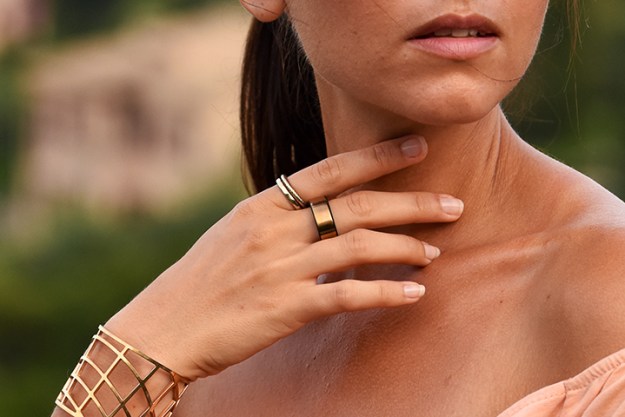In a small trial with 31 participants, HemaApp has proven to be about as successful at measuring hemoglobin levels as the finger sensor approved by the Food and Drug Administration. According to the study, shining a light source through a patient’s finger allows the smartphone camera, paired with the app, to analyze the color and give a pretty good estimate on hemoglobin. The app takes a series of videos while exposing the patient’s finger to different wavelengths of light, then compares the results from the different light levels to detect hemoglobin levels.
Study authors say it won’t replace a finger prick and an actual blood test, but the program could be used to easily (and non-invasively) screen patients to determine whether or not additional testing is needed.
Hemoglobin is the protein found in red blood cells — when levels are low, the condition often causes fatigue and shortness of breath. While in some forms the condition is hereditary, anemia often indicates an underlying health problem, such as low iron from a poor diet. Hemoglobin levels are also used to determine if a patient needs a blood transfusion after surgery or trauma.
“In developing countries, community health workers have so much specialized equipment to monitor different conditions that they literally have whole bags full of devices,” lead study author Edward Wang, an electrical engineering doctoral student, said. “we are trying to make these screen tools work on one ubiquitous platform — a smartphone.”
Using the smartphone flash alone, the study showed the app had a 69-percent correlation with the actual blood test results. Used under a regular incandescent bulb, the results improved to 74 percent. And adding on an external ring of multicolored LED lights improved the results to 82 percent — one percent higher than the accuracy of the current FDA approved sensor, Masimo Pronto.
The HemaApp stems from the University of Washington’s earlier work to develop the Billicam, an app that uses the smartphone camera and flash to estimate billirubin levels to monitor newborns for jaundice.
While the study looks promising, the app is only in its infancy — before wide use, the team would need testing on a larger scale.




